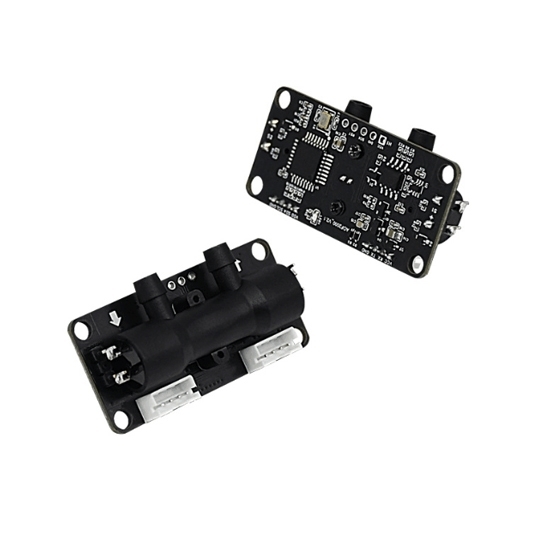
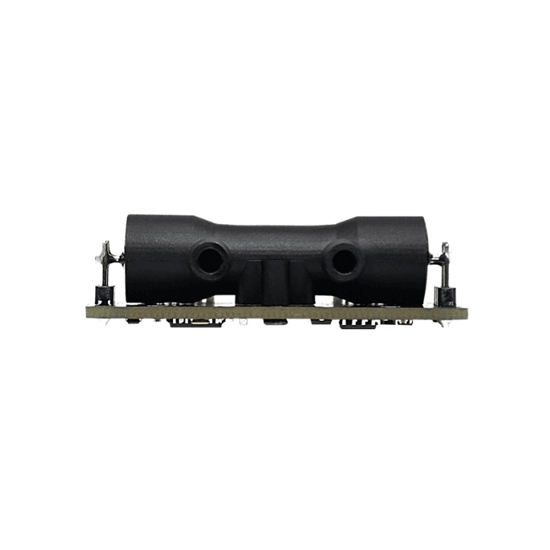
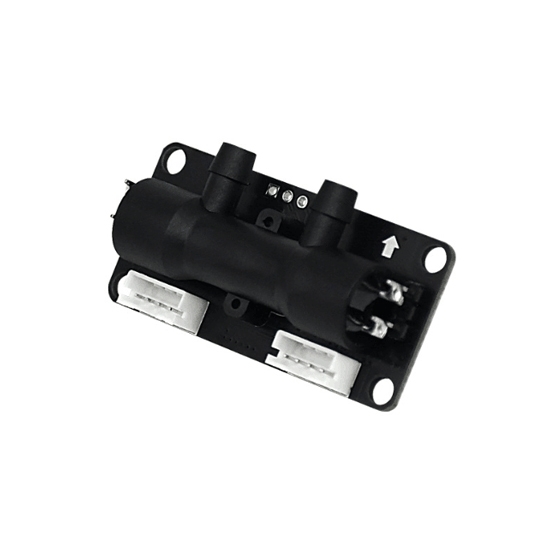
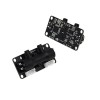
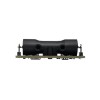
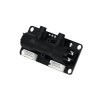
- Stock: In Stock
- Model: RDDLZ-OS-F2000
- Weight: 1.00
- SKU: RDDLZ-OS-F2000
Available Options
The ultrasonic oxygen sensor measures 21%~95.6% concentration and 015 L/min flow with high accuracy. It operates on 5V~12V DC, ≤40 mA current, and ≤200 mW power, with a fast 500 ms detection cycle. Perfect for medical, industrial, mining, and food storage applications.
Specification
| Model | RDDLZ-AOF2000 |
| Concentration Detection Range | 21%~95.6% (customizable to 0%~100%) |
| Concentration Resolution | 0.10% |
| Concentration Detection Accuracy | ±1.5% FS |
| Flow Detection Range | 0~15 L/min |
| Flow Resolution | 0.1 L/min |
| Flow Detection Accuracy | ±0.2 L/min |
| Detection Cycle | 500 ms |
| Preheat Time | <10 s |
| Communication Method | UART 9600 bps |
| Communication Level | TTL 2.5V~3.5V (typical: 3.3V) |
| Operating Temperature | 5°C~55°C |
| Storage Temperature | -5°C~60°C |
| Operating Voltage | DC 5V~12V (±0.25V) |
| Operating Current | ≤40 mA |
| Operating Power | ≤200 mW |
| Dimensions | L50mm x W24mm x H13.6mm |
| Sensor Weight | 10.3±1g |
| Housing Material | PBT plastic material |
| Service Life | >6 years |
Feature
- Ultrasonic Propagation Principle: Based on the physical transmission properties of ultrasound, the oxygen concentration and flow rate are calculated by detecting the downstream time and the counterflow time.
- High Accuracy: Provides exceptional measurement accuracy for both oxygen concentration and flow.
- Long Service Life: Designed for durability and long-term performance in various applications.
- Strong Anti-Interference Capability: Effectively resists electromagnetic and environmental interferences, ensuring stable operation.
- Compact Size: Features an ultra-small form factor for easy integration into devices and systems.
- Responsive and Sensitive: Delivers rapid detection of changes in oxygen concentration and flow rates.
- Dual Measurement Capability: Simultaneously monitors oxygen concentration and flow rate for comprehensive analysis.
- Standard Serial Communication: Equipped with a standard UART interface for seamless communication with external devices.
Size (Unit:mm)
Interface Definition
| Digital Signal Output Interface (4P 2.0mm Terminal) | |
| Connector No. | Function |
| B1 | Ground (GND) |
| B2 | Serial Signal Transmission End (TX) |
| B3 | Serial Signal Receiving End (RX) |
| B4 | Power Input 5-12V |
Application
Tips: What is the working princilple of ultrasonic oxygen sensor?
The ultrasonic oxygen sensor utilizes the relationship between the propagation velocity of ultrasound in a gas and the oxygen concentration for measurement. It consists of an ultrasonic transmitter and a receiver. The ultrasonic transmitter first sends out a short pulse of ultrasonic signal, which propagates in the gas and is received by the receiver. Based on the relationship between the propagation speed of the ultrasonic wave in the gas and the oxygen concentration, the magnitude of the oxygen concentration can be inferred. Specifically, when the oxygen concentration is low, there are fewer molecules in the gas, and the collision between the molecules decreases, causing the ultrasonic wave to propagate at a higher speed in the gas; whereas when the oxygen concentration is high, there are more molecules in the gas, and the collision between the molecules increases, causing the ultrasonic wave to propagate at a lower speed in the gas. Therefore, the value of oxygen concentration can be calculated indirectly by measuring the propagation time of the ultrasonic wave or the change in the frequency of the ultrasonic wave.
